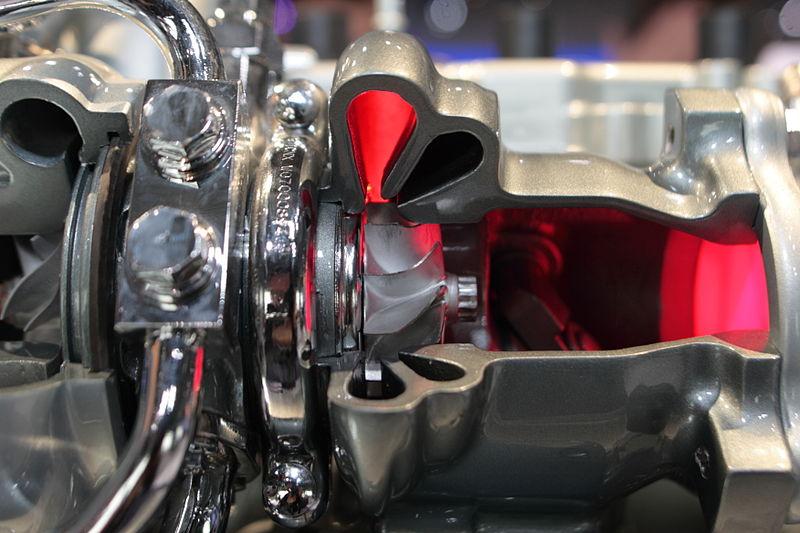This battle has been raging since the dawn of the automobile, and in 2017 the bitter rivalry has not subsided are dampened in any stretch of the imagination. Car enthusiasts have been at each other’s throat for decades arguing for the best forced-induction system. They treat their methods like their pets, with love and care with both sides not giving up a single inch of ground to the other. Superchargers vs turbochargers; these are the opposing teams. But what’s the difference and what’s the best way to use them?
Image by – feseroni
Superchargers
A supercharger is an air compressor driven by the crankshaft that is directly linked to the belt of the engine. Based on the force the throttle pedal is pushed, and how much the engine is revved, the superchargers shovel air into the cylinders creating an influx of oxygen thus, increasing the combustion equally more power. A supercharger is sometimes referred to as a parasite module because the supercharger requires power from the engine for it to run. As a simple system, repairs are easier to do than a turbocharged engine, as companies like GSM Automotive Services repair cylinders and cooling systems vital for forced induction.
Pros
- An increase in horsepower offers a relatively cheap fix with a mechanism bolted onto the engine.
- No lag, instantaneous power, and a big advantage over turbocharged engines.
- More power readily available at low RPM.
- Great for short bursts of brutal acceleration and pulling force
Cons
- Less efficient. They sap power from an engine as superchargers run off the belt of the engine. They inherently need a certain amount of stock power just to run.
- Reliability comes into question. As any forced induction system puts added pressure on the engine, a supercharger puts more pressure on an engine at lower RPM, demanding more brute force from the cylinders and engine block.
- Boost pressure drops off at high RPMs

Source – DmitryKo
Turbos
Turbochargers is also an air compressor, but it’s driven by an exhaust gas turbine. Turbos run off of waste gasses, therefore, are immediately more efficient than their counterpart. Turbos have long been used in racing, as they produce a substantial increase in horsepower and high RPM acceleration. With more horsepower, turbos provide higher top speeds and power for prolonged throttle usage. Turbos can be complex so proper maintenance can avoid costly repairs.
Pros
- Amazing increase in horsepower, often measured in per-liter performance.
- Great for racing as turbos provide higher top speeds and consistent acceleration at high-RPMS.
- Have been and now back in use for Formula 1 racing due to the lightness of the moving parts, keeping weight to a minimum.
- Great for small displacement engines, and better for fuel economy. The classic bang-for-buck choice.
- Don’t leech from the engine, but rely on the naturally aspirated power from the engine to generate rotation of the turbine
Cons
- Despite modern technology making lightweight, incredibly high RPM turbos, lag is still an issue because at low RPM the waste gases the engine produces are very minimal.
- Lack great acceleration at low speeds when compared to its counterpart
- Turbos get very hot and need their own oil cooling lubricant. This means additional plumbing is required as the system sucks engine oil.
- Less predictable appliance of power, torque curves are not as linear and may result in sudden loss of traction.
It all depends on what you want for the road. If you better low-down acceleration with minimal installation fuss, the go for the simple yet brutal supercharger. It will suck power from the engine, to begin with, so pick the right system for your car. If you want a high top speed and prolonged acceleration which is great for the highway, then go for the elegant turbocharger. It’s efficient and significantly increases power, but be warned, there will be lag and at times a less conventional delivery of power.

